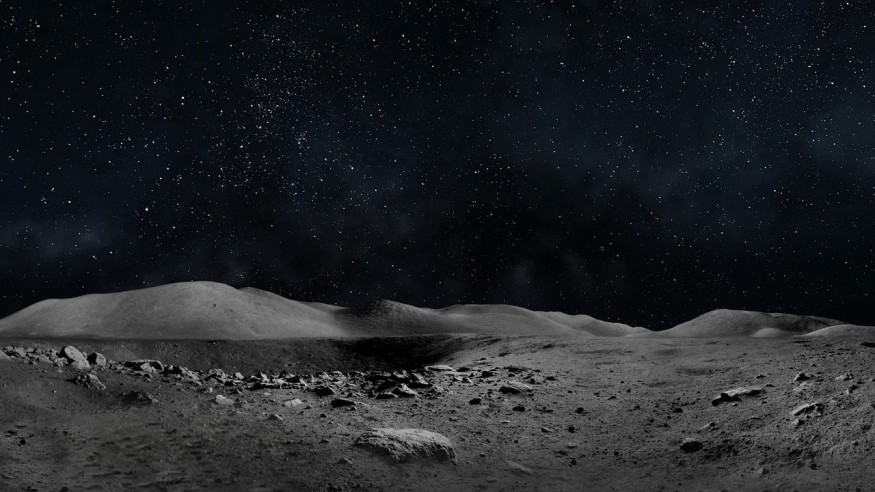
With Artemis III nearing its launch in 2026, geologists are concerned about if lunar landslides and moonquakes could affect landing.
Moonquakes and Lunar Landslides
When it comes to planning landing sites for crewed missions to the Moon, planners have several parameters to take into account. For one, the terrain's shape could either make or break efforts. Moreover, a possibly high volume of water buried below could make an area more tantalizing compared to its counterpart, which is drier.
Now, geologists are suggesting that lunar landslides and moonquakes should also be taken into consideration. The scientists stress that this question is no longer academic in nature. Researchers that have looked into the south pole of the Moon were able to identify fault lines with slips that led to a major moonquake roughly five decades ago.
Some Apollo missions brought seismometers. Back on March 13, 1973, a notable strong moonquake affected these seismometers from the lunar south pole's general direction. After decades, the Lunar Reconnaissance Orbiter flew through the south pole and was able to discern fault line webwork. With newer models, researchers were able to link those faults to the moonquake.
The study "Tectonics and Seismicity of the Lunar South Polar Region" sheds further light on what moonquakes generally are. Moonquakes are essentially like earthquakes. Both events are due to shifting faults. In a lunar context, these are due to the creases that form over the surface of the Moon as the satellite shrinks.
Shrinking takes place due to the cooling of the lunar interior in the last few hundred million years. Scientists say that is similar to the shriveling of a raisin.
Moreover, the surface of the Moon is significantly less packed compared to Earth's. This usually consists of loose particles that impacts could throw up and straw. Because of this, moonquakes have a higher likelihood of causing a landslide compared to earthquakes.
Artemis III Mission
The Artemis III mission is set to launch no earlier than September 2026. The mission will have a crew size of four and is set to last for roughly 30 days. As part of the mission, astronauts will be traveling to lunar orbits. Two members will then descend to the lunar surface and spend roughly a week close to the Moon's South Pole to conduct new science. They will then go back to lunar orbit and join the crew for their journey back to the planet.
The researchers say that as this Artemis III mission nears, the humans involved need to consider the possibility that the ground beneath their soles could not be as stable. Geologist Nicholas Schmerr, who is also one of the researchers, explains in a statement that it is crucial to keep the astronauts, equipment, and infrastructure as safe as can be.
RELATED ARTICLE: NASA Delays Artemis II and Artemis III Missions for Safety Improvements; Moon Landing Now To Occur in 2026
Check out more news and information on Space in Science Times.










